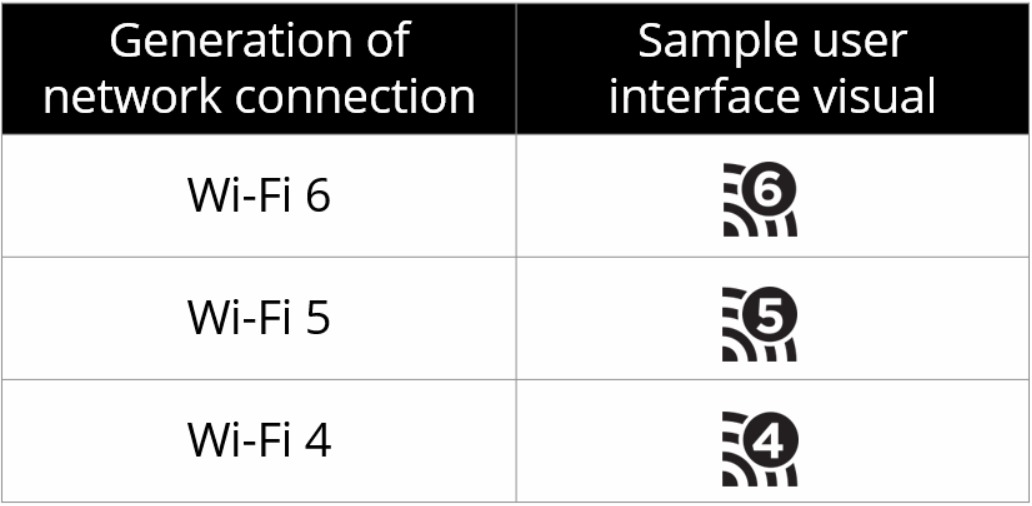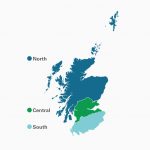Next Generation 802.11ax 10Gbps+ WiFi is Now Called Wi-Fi 6
For as long as we can remember different generations of Wireless Local Area Network (WLAN) technology or simply, WiFi, has been known by its industry standard designations (e.g. IEEE 802.11ac). But forget all that because the Wi-Fi Alliance have now adopted consumer friendly naming conventions.
The new naming system is said to identify Wi-Fi generations by a “numerical sequence which correspond to major advancements in Wi-Fi” (i.e. that’s a roundabout way of saying 1, 2, 3 etc.). For example, the very latest 802.11ax standard will now simply be called Wi-Fi 6, which is certainly simpler but we dare say that most enthusiasts will merely shrug their shoulders and let out a muted sigh.
“For nearly two decades, Wi-Fi users have had to sort through technical naming conventions to determine if their devices support the latest Wi-Fi. Wi-Fi Alliance is excited to introduce Wi-Fi 6, and present a new naming scheme to help industry and Wi-Fi users easily understand the Wi-Fi generation supported by their device or connection,” said Edgar Figueroa, President and CEO of the Wi-Fi Alliance.
Advertisement
What should you now call your WiFi network?
* Wi-Fi 6 to identify devices that support 802.11ax technology
* Wi-Fi 5 to identify devices that support 802.11ac technology
* Wi-Fi 4 to identify devices that support 802.11n technology
At this point we’re a little unsure how all this will work with respect to mid-cycle technology upgrades, such as the difference between initial 802.11ac devices and the most recent 802.11ac Wave 2 specification that was a fairly big improvement. Perhaps Wi-Fi 5.5? Anybody? Ok never mind. Likewise we’re unsure what this means for niche standards like the short range 802.11ad (60GHz), but we believe they’ll continue to use the technical name instead.
The development, if you can call it that, has come just ahead of the new 802.11ax.. oops sorry, Wi-Fi 6 standard that is due to see its first fully certified commercial kit hit store shelves later next year. Theoretical peak data speeds of up to 10Gbps (Gigabits per second) are being promised over the combined 2.4GHz and 5GHz radio spectrum bands, alongside better management of spectrum in congested environments (see our summary).

Mark is a professional technology writer, IT consultant and computer engineer from Dorset (England), he also founded ISPreview in 1999 and enjoys analysing the latest telecoms and broadband developments. Find me on X (Twitter), Mastodon, Facebook, BlueSky, Threads.net and Linkedin.
« New UK Research Paper on Delivering Faster Rural Broadband
Another Vodafone UK Martin Freeman TV Advert Gets Banned »


















































Comments are closed